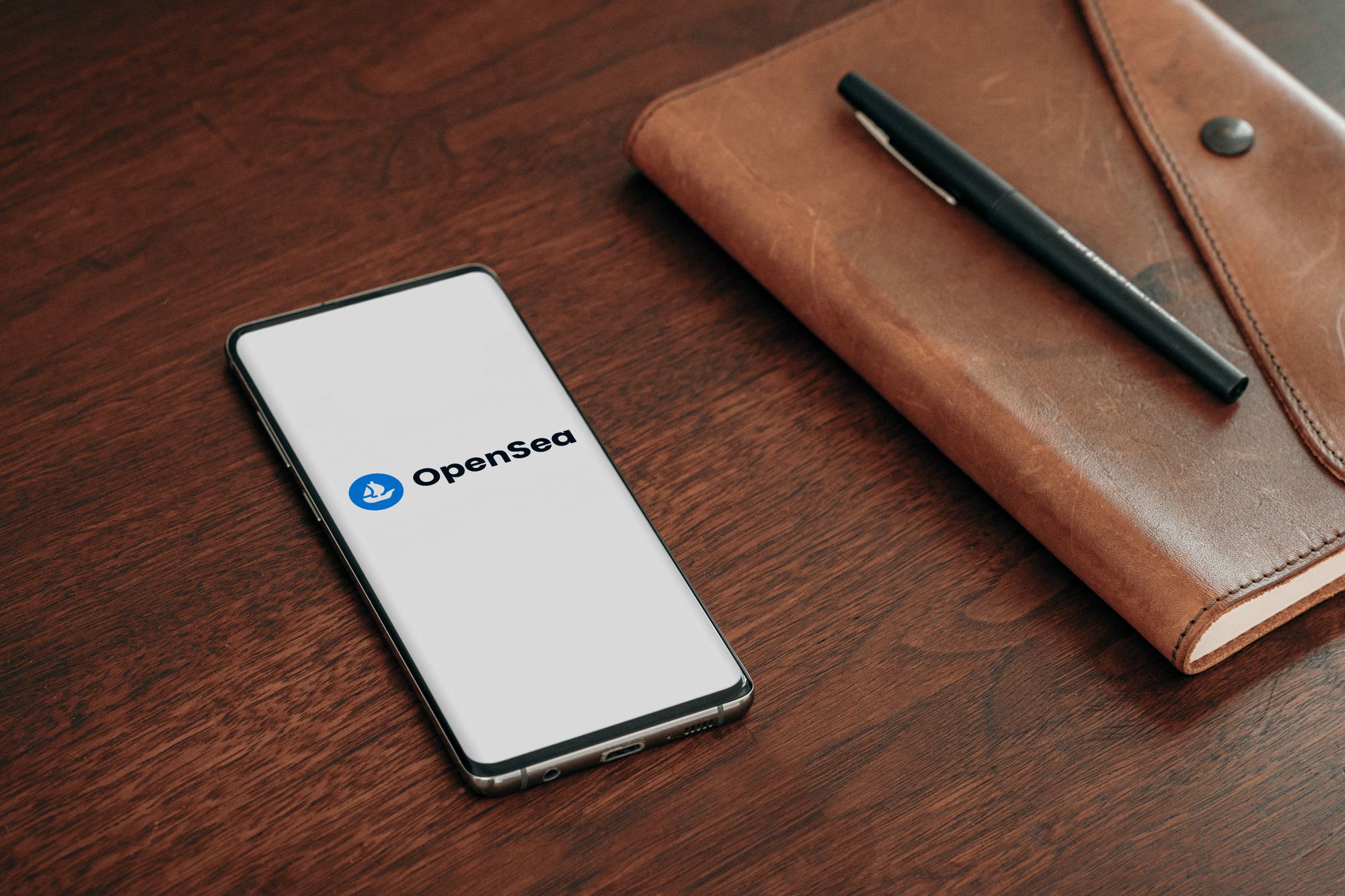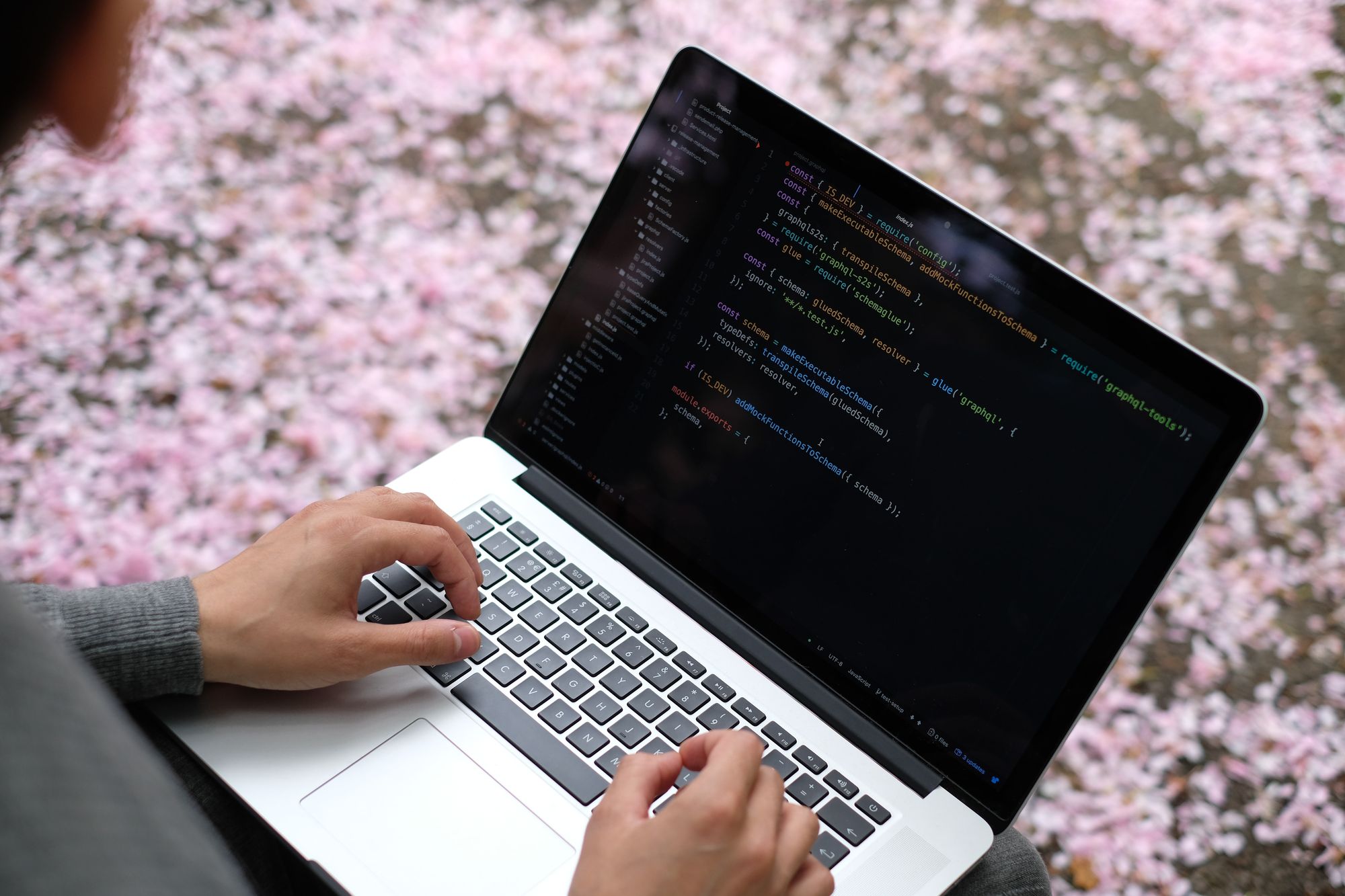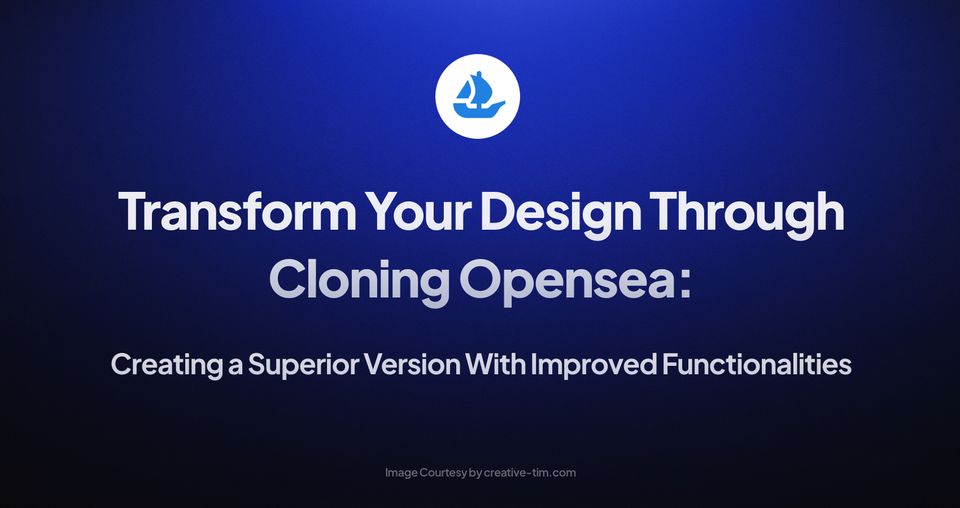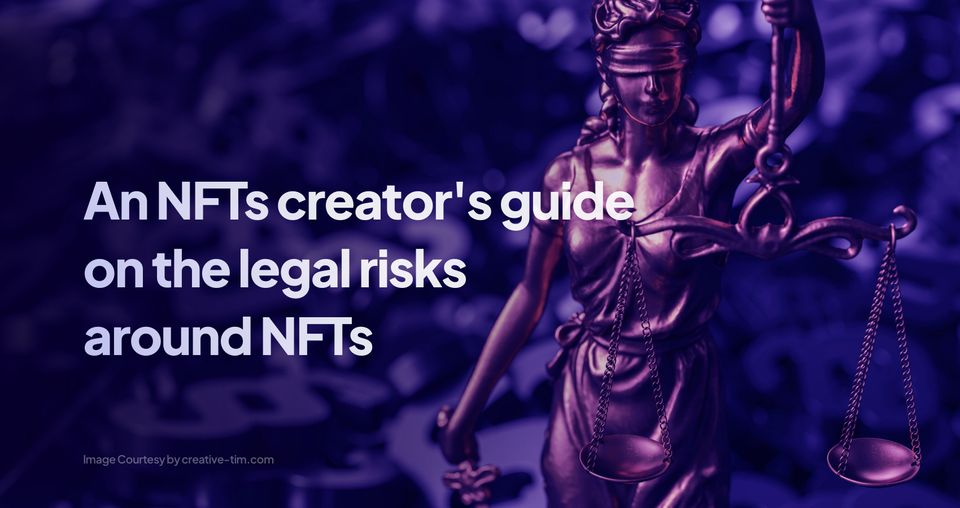Creating a Clone for OpenSea is a process that involves creating a new OpenSea marketplace using the same technology stack as the original OpenSea platform. OpenSea is a decentralized marketplace that allows users to buy, sell, and trade non-fungible tokens (NFTs) on the Ethereum blockchain. Cloning OpenSea allows developers to create NFT marketplaces with the same features as the original OpenSea platform.
To make an OpenSea Clone, developers typically use the OpenSea SDK, which provides tools and libraries that simplify building a new NFT marketplace. The SDK includes smart contracts for creating and managing NFTs, as well as a front-end application that connects to the Ethereum blockchain and allows users to interact with the marketplace.
Cloning OpenSea has become increasingly popular in the NFT community, allowing developers to create their own NFT marketplaces with unique features and customization options. Some developers use the OpenSea SDK to create niche marketplaces focused on specific types of NFTs, such as art or gaming assets, while others use it to create more general-purpose NFT marketplaces.
In this article we present the steps you need to take in order to create an improved Opensea Clone version.
Contents
1. Identifying Your Unique Design Requirements
2. Understanding of Working With OpenSea Tools
3. Customization and Re-Engineering of User Interface
4. Implementing the New Clone Version With Improved Functionalities
5. Testing and Validation of the Refined Opensea Version
Conclusion
1. Identifying Your Unique Design Requirements
Identifying your unique design requirements is an essential first step in any design project. Whether designing a new product, building a website, or creating marketing materials, understanding your specific needs and objectives will help you create a design that is both effective and visually appealing.
Here are some steps you can take to identify your unique design requirements:
- Define your goals
Start by defining the overall purpose of your project. What do you hope to achieve with your design? Are you trying to increase sales, improve user engagement, or establish a new brand identity? Clearly articulating your goals will help you determine the most important design elements to focus on.
- Identify your audience
Who is your target audience? What are their demographics, interests, and preferences? Understanding your audience will help you create a design that resonates with them and meets their needs.
- Determine your branding guidelines
If you have an established brand, you'll want to ensure your design is consistent with your existing branding guidelines. This includes using the right colors, fonts, and imagery associated with your brand.
- Consider functionality
Think about the functionality that your design needs to have. For example, if you're designing a website, you'll want to consider how users will navigate the site and what features are essential for your site's effectiveness.
- Research your competition
Finally, research your competition to understand what designs are currently used in your industry. This will help you create a unique design that stands out.
By following these steps, you can identify your unique design requirements and create a design that is both effective and visually appealing.

2. Understanding of Working With OpenSea Tools
Working with OpenSea tools involves using a set of software development kits (SDKs) and APIs provided by OpenSea to interact with the OpenSea marketplace. OpenSea is a decentralized marketplace for non-fungible tokens (NFTs) on the Ethereum blockchain, and its tools make it easy for developers to create, manage, and trade NFTs.
Here are some of the key tools and technologies used for working with OpenSea:
- OpenSea SDK
The OpenSea SDK is a set of smart contracts and libraries that provide a simple way for developers to create their own NFT marketplaces. It includes tools for creating and managing NFTs, as well as a front-end application for interacting with the marketplace.
- OpenSea API
The OpenSea API allows developers to access OpenSea data programmatically, such as NFT listings, user information, and transaction history. This allows developers to build custom applications that interact with the OpenSea marketplace.
- Ethereum blockchain
OpenSea is built on the Ethereum blockchain, a decentralized ledger that tracks transactions and allows for the creation of smart contracts. Developers working with OpenSea need to have a good understanding of how the Ethereum blockchain works.
- MetaMask
MetaMask is a browser extension that allows users to interact with the Ethereum blockchain. It is commonly used by OpenSea users to manage their Ethereum wallets and interact with the OpenSea marketplace.
Working with OpenSea tools requires a good understanding of the Ethereum blockchain, as well as familiarity with the OpenSea SDK and API. Developers can use these tools to create NFT marketplaces or build custom applications that interact with the OpenSea marketplace.
3. Customization and Re-Engineering of User Interface
Customization and re-engineering of user interface (UI) is an important aspect of software development, as it allows you to create a user interface that meets the specific needs of your users.
Here are some steps you can take to customize and re-engineer your UI:
-
Analyze user feedback: Analyze user feedback to understand what aspects of your UI need improvement. This could include usability issues, navigation challenges, or areas where users are confused.
-
Define user personas: Create user personas to help you understand the needs and preferences of your users. This will help you create a UI tailored to their needs and preferences.
-
Consider usability and accessibility: When customizing your UI, it's important to consider usability and accessibility. Ensure your UI is easy to use and accessible to all users, including those with disabilities.
-
Choose the right technology: Choose the right technology for your UI, such as HTML, CSS, and JavaScript. Ensure that your chosen technology supports the features and functionality you want to incorporate into your UI.
-
Design a user-centric UI: Design a user-centric UI that is intuitive, visually appealing, and easy to navigate. Consider using user testing and prototyping to refine your UI design and ensure that it meets the needs of your users.
-
Test and iterate: Test your UI with real users and iterate based on their feedback. This will help you create a UI optimized for your users and meets their specific needs.
By following these steps, you can customize and re-engineer your UI to create a user interface that is tailored to the needs and preferences of your users.

4. Implementing the New Clone Version With Improved Functionalities
Here are the steps you could follow:
-
Define the new functionalities: Identify the new features you want to add to OpenSea. This can be based on user feedback or your ideas. Make a list of all the new functionalities you want to implement.
-
Choose the right technology stack: Select the technology stack that you want to use for your clone version. This could be based on the existing technology stack of OpenSea, or you could use a completely new stack.
-
Set up the development environment: Create a development environment for your project. This should include installing the necessary software, setting up a database, and creating a project structure.
-
Implement the new functionalities: Based on the list of functionalities you created in step 1, implement each. You can start with the most important or easiest ones first.
-
Test the new functionalities: Once you have implemented them, test them thoroughly to ensure they work as expected. You can use automated tests, manual testing, or a combination of both.
-
Refine and optimize the code: Refactor your code to make it more efficient, optimize database queries, and remove unnecessary code.
-
Deploy the new clone version: Once you are satisfied with the new functionalities and the code quality, deploy the new clone version to a live.
5. Testing and Validation of the Refined Opensea Version
Testing is an important process in software development that aims to identify and fix any defects or errors in the software before it is released to users. Several types of tests can be performed during the development process, including unit tests, integration tests, system tests, and acceptance tests. These tests are designed to check the functionality, reliability, performance, and security of the software.
Validation, on the other hand, is the process of ensuring that the software meets the requirements and specifications that were set out at the beginning of the project. This can involve verifying that the software meets specific standards or regulations or that it fulfills the needs of its intended users.
To ensure the quality and reliability of the refined Opensea version, a thorough testing and validation process should be implemented. This may involve:
-
Unit testing: Testing individual units or components of the software to ensure they are working correctly.
-
Integration testing:Testing how different components of the software work together to ensure that they are integrated correctly.
-
System testing: Testing the software as a whole to ensure that it meets the requirements and specifications set out at the beginning of the project.
-
Performance testing: Testing the software to ensure it performs well under different loads and conditions.
-
Security testing: Testing the software to identify and fix any security vulnerabilities.
-
Acceptance testing: Testing the software with real users to ensure it meets their needs and expectations.
Overall, a thorough testing and validation process can help ensure that the refined Opensea version is reliable, high-quality, and meets the needs of its users.
Conclusion
Testing and Validation are crucial processes in software development that aim to ensure the quality, reliability, and functionality of the software. For the refined version of Opensea, a comprehensive testing and validation process should be implemented to identify and fix any defects or errors in the software before it is released to users.
This may involve different types of testing, including unit testing, integration testing, system testing, performance testing, security testing, and acceptance testing.
By conducting thorough testing and validation, the refined Opensea version can be optimized to meet the needs of its users and provide a reliable, high-quality experience.




